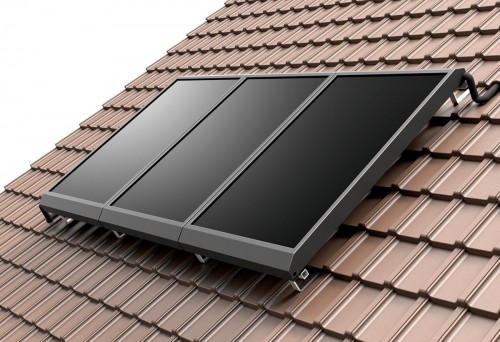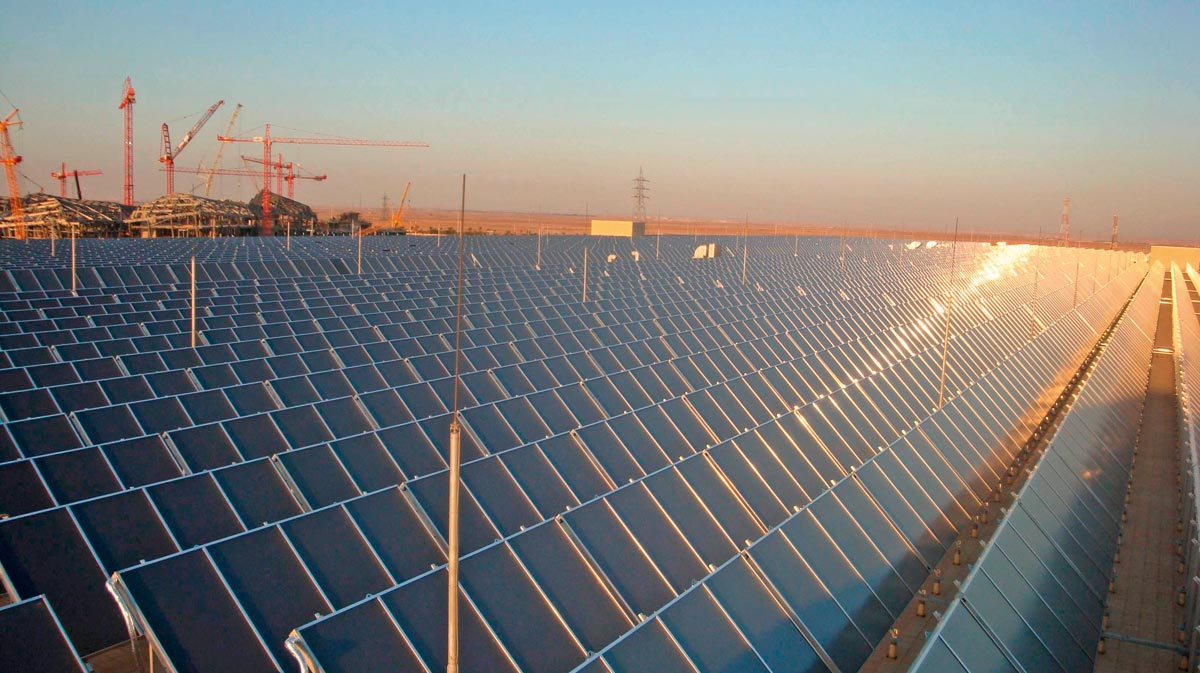According to the IEA Technology Roadmap “Solar Heating and Cooling”, the energy required for heat in buildings and industry accounts for nearly 50 % of global end-use energy consumption. Most of the applications in question involve temperatures below 250°C. In particular, the so-called low-temperature segment, with operating temperatures up to about 90°C, has special potential for deploying thermal solar facilities. In Austria technologies to use the sun’s warmth have been successfully developed and implemented for decades. Today Austria is among the technological front-runners in almost all sectors of solar heating. The Austrian solar heating sector’s turnover in 2013 is estimated at 293 million Euro, corresponding to roughly 2,900 full-time jobs.
Austria is a founding member of the IEA Solar Heating and Cooling Programme (SHC) and has played an active part in designing and carrying out numerous research projects in the field of solar heating since 1977. On Austria’s initiative research has been carried out into using solar energy for space heating (combined solar systems) and for industrial process heat (in the low-temperature segment), pilot projects have been developed and new technologies launched commercially in collaboration with industry.
Polymers for solar heating applications
Linking research into plastics and into solar energy has tremendous potential for developing solar technology further. In the course of SHC Task 39 experts on solar energy and plastics research from various countries investigated how to employ advanced polymer technologies for solar heating systems of innovative design. Making systematic use of plastics technologies is intended to yield reductions in cost and thus open up new ways of developing markets. Austrian researchers lead-managed Subtask C Materials, which emphasized working out market scenarios for solar heating based on state-of-the-art regenerative-only energy scenarios (national, regional and global) and identifying the opportunities these would provide for plastics technologies.

SolPol-1/2
Launched at the end of 2009, the large-scale research project SolPol-1/2 (solar heating systems based on polymeric materials) is an initiative due to the Institute for Polymeric Materials and Testing at the Johannes Kepler University (JKU) in Linz. The main aim here was to develop innovative pumped thermal collectors made of plastics, using improved polymeric materials and fabrication technologies specially adapted to these. In this project experts from the scientific and business communities collaborate along the entire value-creation chain. Today solar collectors and collector systems are put together from any number of different materials in complicated and expensive fabrication processes; plastics play little part here. The bulk of the solar collectors installed around the world are either evacuated tube collectors (62.3 %) or glazed flat-plate collectors (27.9 %).
Quite apart from the prospect that particular raw materials, such as copper for absorbers, will be in short supply in the future, employing a growing share of polymeric materials in solar heating systems offers considerable potential for further innovative developments with respect to collector functionality and design. At the same time there are positive effects on cost-benefit ratios and market penetration. The results of SolPol-1/2 are real milestones on the way to establishing systematically improved, plastic-based solar heating systems and penetrating markets with these. Currently development work is continuing on pioneering materials and systems, and using polymers in PV modules, in follow-up projects.

